 Search
Search
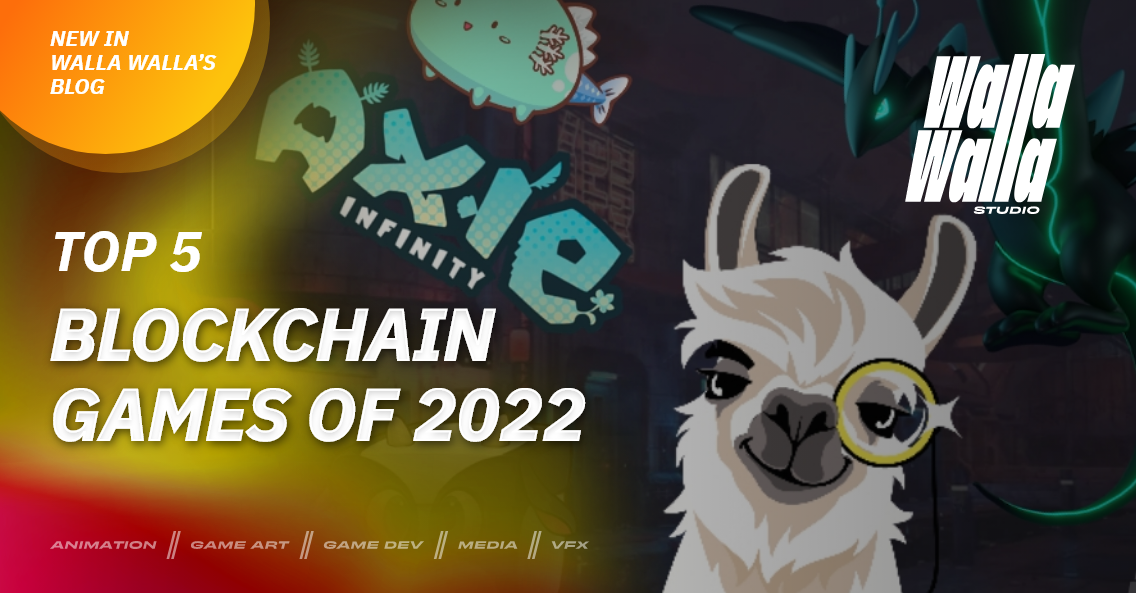
The modern gaming industry is unlikely imaginable without play-to-earn solutions. People appreciate their time no matter whether they spend it for work or leisure: every hour must be rewarded somehow. Game creators, in turn, are constantly searching for innovative monetization methods capable of retaining users securely but unobtrusively. The idea to let gamers earn money through playing is not new and remains relevant to this day.
About a decade ago, when blockchain technology appeared on the market, game developers were not reluctant to implement crypto transactions in their products. However, the task of providing gamers with crypto yield appeared not easy to fulfill: particular blockchain-inherent limitations hampered crypto adoption by many conventional types of video games. A separate class of software solutions had to emerge.
As the crypto industry evolves in technological and financial aspects, more and more exciting blockchain games occupy a specific niche in the gaming sector. Today, hundreds of gamified crypto solutions are available to catch the gamers’ attention with yield opportunities. Blockchain games vary in types, plots, platforms, and play-to-earn approaches. And the choice is getting broader day by day.
We have selected the Top 5 best blockchain games of 2023 to help newcomers, as well as experienced gamers, figure out where to earn while playing. Read, learn, and take the chance to monetize your gaming experience.
What are blockchain games?
All blockchain games share the same play-to-earn paradigm as many conventional video games do. However, some specific crypto-inherent features make blockchain games very distinct from non-blockchain solutions.
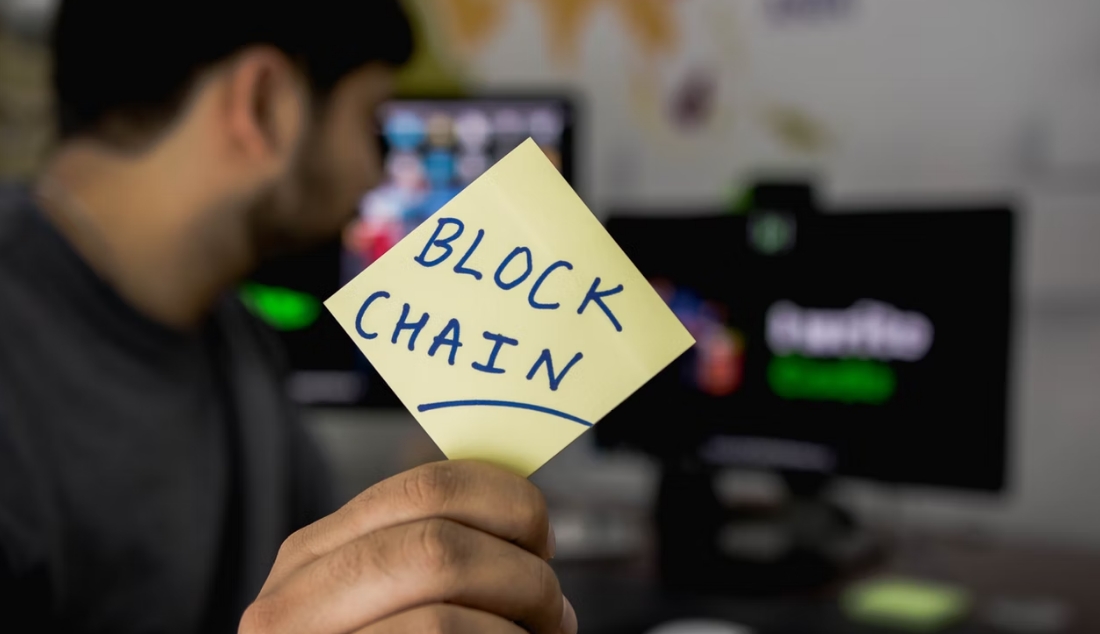
1. Decentralized model
Many video games have their marketplaces to let players sell, buy, and exchange various in-game items: weapons, patches, skins, avatars, and other assets. In-game assets trading has to follow the centralized model unless the game is DLT-based. A conventional centralized model implies conditional, if not ephemeral, ownership of the items since everything happens on the servers controlled by the software owners. In other words, game dynamics, storyline, gamers’ accounts, and in-game assets belong to game developers.
The very marketplace can fade away at any moment if the game owner arbitrarily decides to deactivate the hosting server. All virtual possessions of gamers can disappear into thin air accordingly. In contrast, blockchain games run on distributed ledgers with no centralized point of failure. The distributed ledger technology makes manipulation with in-game assets extremely difficult: blockchain is transparent, immutable, and anti-fraud protected. Besides, nobody can get complete control over the hosting capacities of a blockchain game while the crypto gamers’ community participates in the game evolution.
2. Real ownership
Blockchain allows gamers to possess in-game crypto assets once and forever. Nobody can forcibly deprive them of their virtual property. Most popular crypto games represent in-game assets in the form of NFTs (non-fungible tokens). The NFT standards allow users to move their tokens across various crypto wallets, marketplaces, and exchanges. Hence, in-game crypto assets appear freely interoperable with no rigid link to a particular game.
3. Independent creativity
Usually, game developers are the ones who determine the destiny of their software products in terms of updates, upgrades, and further development. Gamers have to either accept or deny new versions and features with no voice in governing the game ecosystem. Blockchain breaks the rule: crypto gamers can vote for one or another change in the game dynamics. Moreover, they directly participate in the game evolution with unique narratives and new assets. The creativity of users is limited by almost nothing, therefore.
Can you earn money from blockchain games?
There are two basic options for money circulation within blockchain games: payments in cryptocurrencies for whatever is worth paying and trading NFTs. The first option can be theoretically applied to any video game in which financial transactions are available. This is about the choice of a particular currency to pay, whether it is crypto or fiat. Hence, gamers can sell something gained via their gaming experience with crypto if the game provides a relevant payment gateway.
Trading NFTs offers much broader opportunities to earn. Tokens circulate in gaming environments under the general rules of financial speculations (in a good way). The “buy for less, sell for more” principle works in blockchain games similarly well as in any trading marketplace. Gamers become investors when they can anticipate and establish the conditions upon which crypto gaming assets go up in price.
At the same time, NFTs are not only about trading, they are about creativity in a broad sense. In contrast to cryptocurrencies, each NFT is a unique digital product that anyone can create. In fact, almost any in-game item can be wrapped in an NFT. Hence, gamers can design new NFT-based assets from scratch on their own to offer their unique virtual products to a vast gamer community. Collectibles based on various game characters can rapidly gain value when released in the form of NFT-wrapped visuals.
Besides the opportunities mentioned above, blockchain games can offer some other rewarding options to gamers. Some of them are pretty symbolic, and others can bring actual yield.
- Unsophisticated crypto cranes, for example, offer tiny portions of crypto coins in exchange for your time spent playing primitive online games while being bombarded by various advertisements.
- Insignificant crypto rewards can be earned from sharing your computing power with other gamers for decentralized crypto mining running when you play a video game.
- Yet another opportunity is to receive tokens from novice crypto projects that conduct pre-sale token distributions. Such projects collaborate with blockchain games to cover a wider user audience with a promotion campaign. They give free tokens to game owners and gamers to engage crypto-savvy customers in their orbit. As a rule, such tokens have almost zero value initially. The hope is in the famous network effect capable of increasing the token price as the token holders are growing in number. The strategy sounds like a lottery, but who knows. What if no-name tokens received for playing a game today will turn you into a millionaire tomorrow?
The latest earning trend in crypto gaming, however, implies holistic in-game economies in the form of metaverses. Such blockchain-based virtual universes provide gamers with various DeFi (decentralized finance) and yield farming opportunities. Thus, virtual NFT-based properties gain and lose their value according to the users’ achievements and game experiences. The most promising blockchain gaming projects nowadays utilize this particular model mainly.
How to get started with blockchain games?
The required sequence of actions to start playing blockchain games seems similar to what you should do to play ordinary computer games. Similar is not the same, however. First, you will need hardware – a computer or a mobile device. Blockchain games imply using cryptocurrencies to deal with in-game items. Hence, you should have the relevant software to buy, exchange and move crypto.
Mobile and web-based crypto wallets are available in abundance; to promote any particular solution with this may sound pretty invasive. You can easily find many reviews on crypto wallets on the internet. In addition to a crypto wallet, you should have an account at a crypto exchange, the choice of which counts in hundreds. Our advice is to choose a reliable crypto marketplace from the global top 20 (numerous reviews and ratings of the best crypto exchanges take place on the internet as well).
Ether (ETH) is the most popular cryptocurrency among blockchain games since the majority of them use Ethereum blockchain to create and move in-game NFTs. As the king of crypto, Bitcoin (BTC) can also fit crypto gaming. Quite a fresh trend of in-game transactions is the so-called stable coins (USDT, BUSD, USDC, and the like) that show almost zero volatility in comparison with other cryptos. Actually, the decision to buy one or another cryptocurrency depends on the terms and conditions of a particular crypto game you are going to play.
Top 5 Blockchain Games of 2023
Some may argue that any Top … ranking is just a matter of opinion, especially when it comes to mass products. Even so, we rely on the conventional wisdom that rarely makes mediocre things popular. Hence, the following blockchain games are worth your attention as long as millions of gamers prefer them over many others.
1. Axie Infinity
The game is considered a leader in crypto gaming. It inherits the NFT principle of famous CryptoKitties and a Pokemon Go gaming experience. Nonetheless, Axie Infinity is a standalone virtual universe with original characters (Axies), advanced gameplay, and unprecedented monetization.
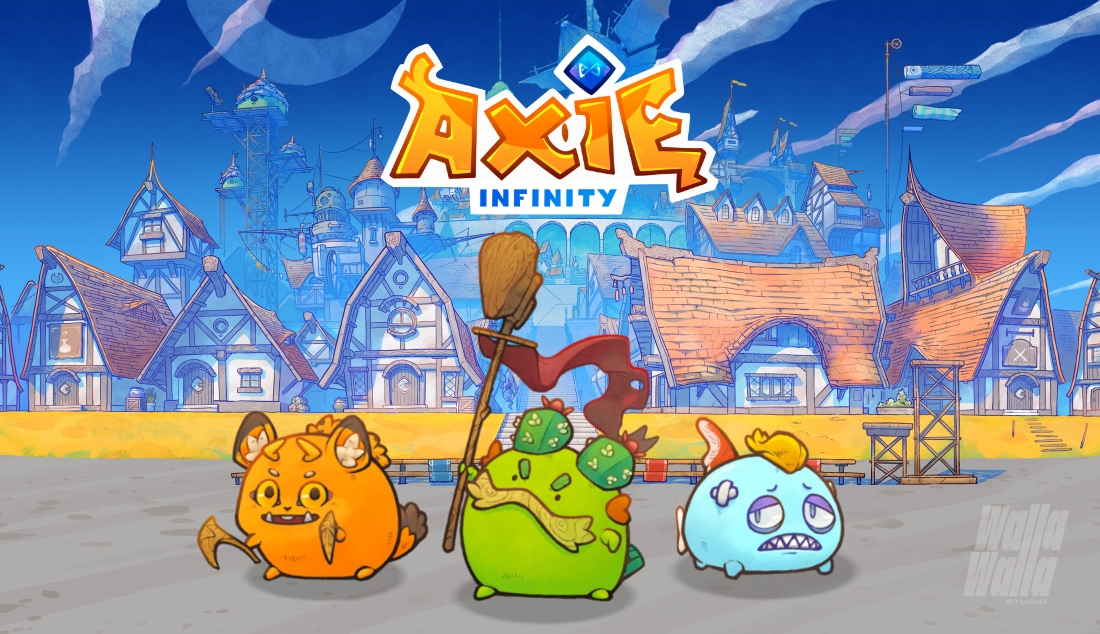
What added value brings money to the Axie gamers?
According to the gameplay, they collect and nurture Axies – fantastic creatures whose value depends on how well gamers build their in-game ecosystems, breed the creatures, and compete with other gamers. Not just Axies as such, but even their parts can be improved in terms of gaming capabilities and earned value. Gamers trade various in-game resources to get particular advantages for further development.
Some rare creatures can cost thousands of dollars, for example, while the price of game lands reaches up to $1.5 million. The crypto game combines attributes of both a social network and earning platform. Axie Infinity represents a viable case of a gamer-owned economy where assets belong to gamers, and they set the tone in establishing financial relationships with each other.
Such an approach to crypto gaming has provided the price growth of Axie tokens (AXS) by thousands of percent. Gamers spent more than $3 billion (about 1 million ETH) for in-game items. Playing Axie appeared so lucrative that many gamers made this blockchain game their full-time occupation to earn a living. Some of them grew rich that way.
2. Blancos Block Party
Lego-style vinyl toys become alive in this free-to-play blockchain game. The toys are Blancos, whose designs are created by advanced artists. Blancos are digital collectibles wrapped in NFTs with a particular value. Limited edition Blancos seem to become rare and expensive as the game evolves. Players can buy them for either playing or trading. In addition, various accessories, cosmetics, and other in-game items are available to purchase.
The crypto game is at a Beta-like stage with the so-called Early Access, when users can play for free. The gameplay implies establishing various parties where Blancos have fun. Users are invited to create new Blancos, parties, blocks, and plots. The in-game marketplace will provide broad earning opportunities for creative gamers. The game ecosystem offers an open world where gamers can build a player-owned economy with true ownership of NFT-wrapped in-game assets.
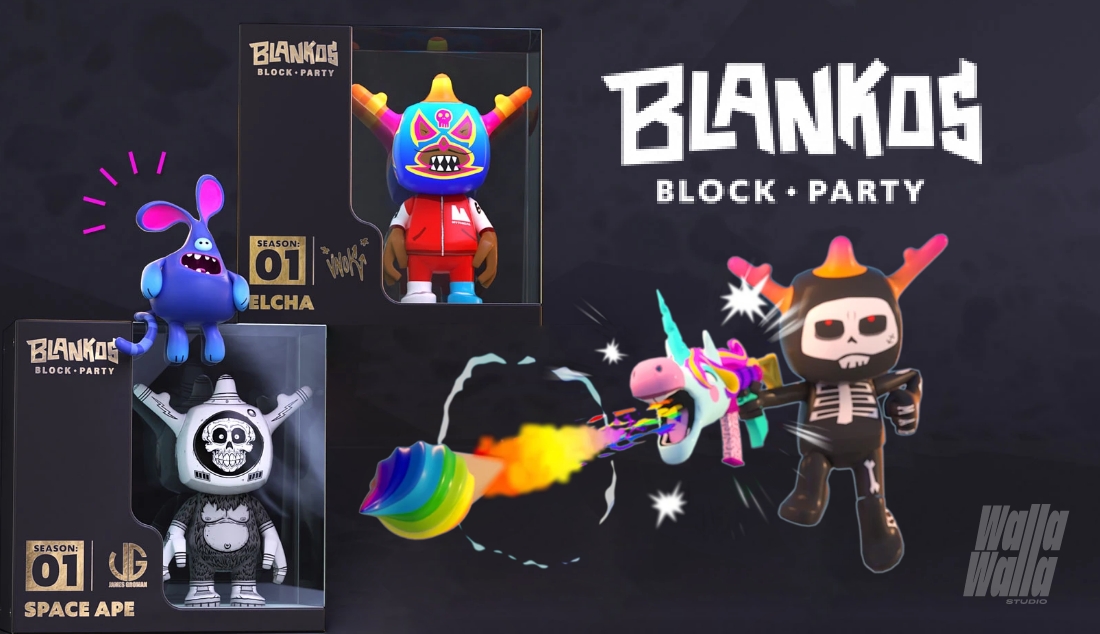
3. Upland
This blockchain game is another attempt to build an open NFT metaverse where players can build their own economies. Building virtual homes and receiving fees from visitors are essential opportunities to earn for players. The in-game virtual properties are mapped to real-world prototypes. Users can trade in-game assets to run their virtual business. The game creators claim that Upland is the most dynamic and largest blockchain-based economy.
In addition to earning from virtual properties, the game provides opportunities for socialization via gamers communities accessible on Discord and Telegram. Upland can be considered a virtual imitation of real-world business environments with many relevant attributes such as competition, development, partnership, and the like. Even the notorious Climate Change challenge is included in the game strategy: Upland seemingly decreases carbon emissions produced by the EOS blockchain infrastructure upon which the crypto game runs.
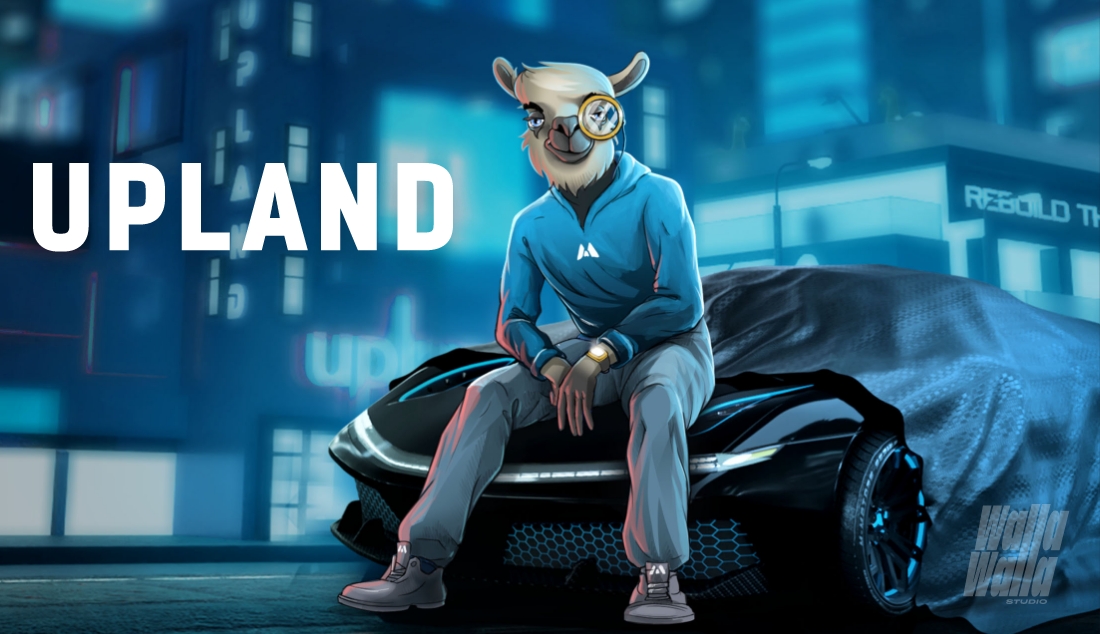
4. Mobox
Mobox is more than just a blockchain game; this is a GameFi platform that combines DeFi and yield farming opportunities with gaming. Mobox runs on Binance Smart Chain which is developing an advanced ecosystem for tokenomics (token economy). The creators of Mobox believe that their platform is to become the next epoch-making community-driven initiative capable of combining various metaverses for P2E gaming.
Mobox has partnered with one of the most influential communities of crypto gaming developers Yield Guild Games. Tokens of both organizations are interchangeable via YGG/MBOX swapping. The Mobox strategy implies allowing gamers and NFT investors to access the platform from various blockchains. Indeed, different blockchains separate gamer communities today. The “NFT owners of the world, unite!” should be the motto of Mobox. Three blockchain games are already available on the platform now, and three more are coming.
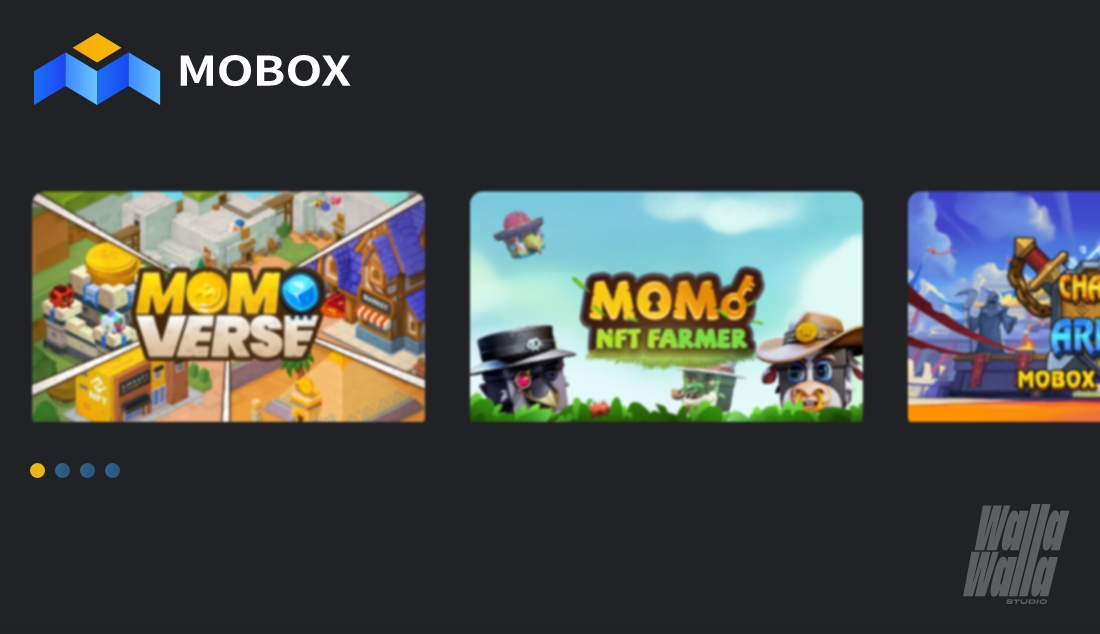
5. Genopets
This Solana-based blockchain game stays apart from other P2E projects. Merging virtual worlds with real life is still a tough challenge for game developers. Genopets is trying to bridge the gap between a game environment and reality. The project seems to follow a successful Pokémon Go experience to some extent but without using AR.
Moreover, the project offers a new class of blockchain games: Move-To-Earn. Users are rewarded for their physical activities while nurturing the so-called “your familiar” – a virtual animal that gains value according to how its owner behaves in real life. This is a purely mobile game since smartphones or wearables are required to count steps made by users daily. The gameplay sounds simple: the more you move, the better your digital familiar feels and, consequently, the more valuable it becomes.
Users should upgrade and customize their Genopet NFTs (digital familiars) via physical movements and cognitive efforts made when traveling across Genoverse. The Battle Arena feature allows you to compete with other users in the Play-For-Keep mode when in-game items can be taken away from defeated opponents. The in-game open marketplace provides opportunities to sell the “hard-earned” Genopet NFTs for native KI tokens. Staking rewards are also available.
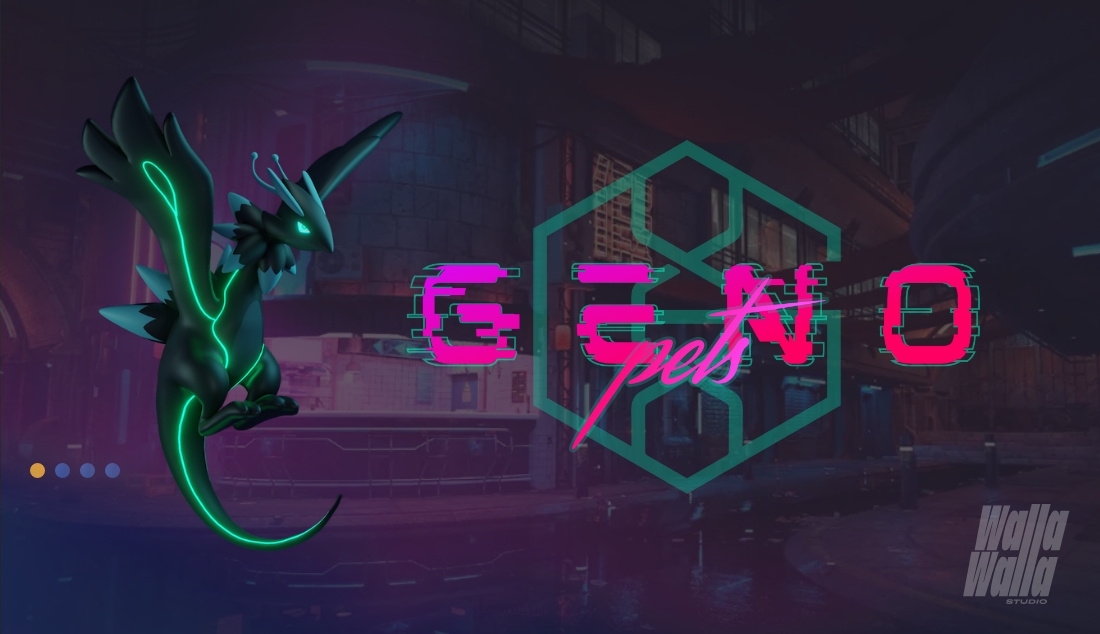
Why should you try crypto games?
Unlike ordinary video games, blockchain-based gaming projects introduce decentralized community-driven environments with real ownership of digital assets. Crypto-based metaverses run under the governing model that is sheerly desired but rarely achieved in the real world – direct popular democracy. Such a model excludes socio-economic oppression as well as any sort of authoritarianism since technology-backed decentralization lies at the very core of the token economy.
True freedom of entrepreneurship and inviolability of property are organically inherent in crypto gaming. Open competition is possible not in utopias only: blockchain games offer equal earning opportunities to all players. Besides, crypto games possess all the entertaining capabilities that other non-crypto games have. Hence, there are many arguments in favor of crypto gaming on various aspects:
- Having fun,
- Making friends,
- Earning money,
- Owning digital properties,
- Participating in governance,
- Boosting creativity, etc.
And one more thing is worth mentioning. What if addressing the issue from a different angle? What if considering crypto games from the perspective of a game creator, not a player? The niche of blockchain games is not overfilled with vendors yet, to put it mildly. Nothing prevents you from launching your own metaverse to benefit from the crypto economy in its entirety.
Compared with many other business sectors, competition between blockchain games is still not severe, and it promises to remain so for a while. The available crypto gaming projects are diverse and exciting enough to inspire creators with fresh ideas. The toughest challenge in building a new crypto game is, probably, finding crypto-savvy game designers.
Actually, it is not a problem but rather a matter of wise choosing. While reading the present article, you have already caught a clue which game development studio you should contact for experienced crypto game designers, haven’t you?
FAQ
- Can you get Bitcoin by playing games?
Yes, you can. Bitcoin is a primary cryptocurrency for many crypto projects. Even though blockchain games run mostly upon other decentralized ledgers in which smart contracts can be created (Ethereum, Polygon, Solana, etc.), Bitcoin is always accessible through all crypto exchanges and wallets. Many crypto games offer a direct exchange of their in-game tokens for Bitcoin right in their marketplaces. At the very least, you can sell the earned tokens for ETH (or other game-native cryptos) to exchange them subsequently for BTC wherever you want.
- What games can you play to earn crypto?
It is no exaggeration to claim that the entire sector of blockchain gaming provides opportunities to earn crypto. The GameFi (gamified finance) subdivision of it was initially created for such a purpose. Every video game where NFT-encoded assets circulate offers one or another mechanism for crypto yielding. Begin your journey with the present Top 5 review to grasp the modus operandi of play-to-earn games.
- What is the best crypto for gaming?
The crypto gaming industry is in constant development. A few years ago, Ether was a king in the room since the overwhelming majority of crypto games were using the Ethereum standard to mint their in-game NFTs. The situation is different today: decent alternatives to Ethereum, such as Binance Smart Chain and Solana, are evolving rapidly to introduce their native cryptos to NFT creators. Nonetheless, ETH is still the most popular crypto for blockchain gaming. Moreover, many games require having ETH from novice users to start playing.
- Are blockchain games free?
Many crypto games are free since they have a specific monetization method. Unlike ordinary video games, they encourage players to use either game-inherent cryptos or NFT-based in-game items to establish financial relationships with the game world and each other. Such a model is somewhat similar to how trading platforms and crypto exchanges work. There is no need to pay for using a marketplace when users conduct crypto transactions within the ecosystem.
- What is the number one blockchain game?
Gaming as such belongs to the sphere of subjective preferences if not biases. Otherwise, no fan communities would exist in the sector. Hence, financial indicators and the number of active players should be applied to figuring out a conditional leader among blockchain games. We may indicate Axie Infinity as the number one blockchain game in those aspects. You can find a description of the game in the present article.


